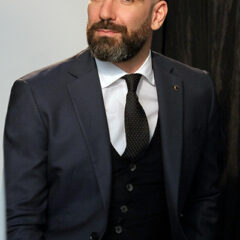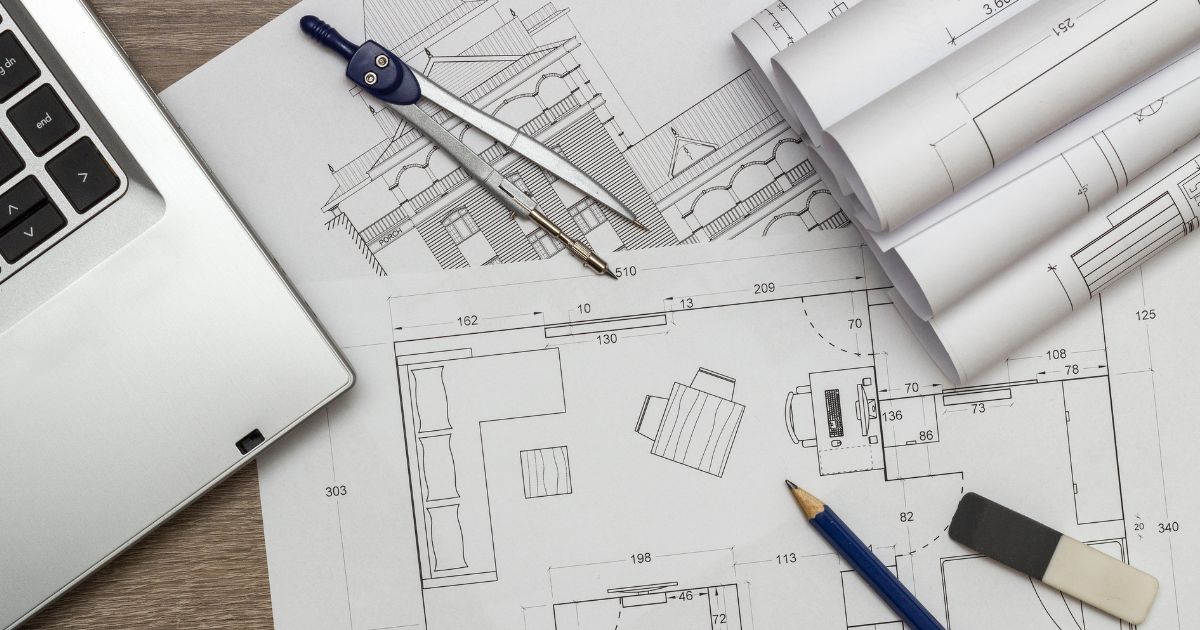The creativity required to be able to speak of plagiarism: reflections on a recent Supreme Court order.
Il caso: ristrutturazione e diritto d’autore
The case dealt with by the Italian Supreme Court on Jan. 19, 2023 in Order No. 1674 concerns an architectural project drawn up by architect A.A., which planned the transformation of a building formerly used as a school into a hotel facility.
Among other things, the project included minimal demolition and construction of interior walls, with the aim of placing a bathroom in each room, near the hallway, as was customary. A.A. had sued his colleague B.B. and agronomist C.C. to seek their joint and several liability for damages caused by the unlawful reproduction of his project.
The Court of Appeals of Catania had held that A.A.’s project lacked the minimum creativity necessary for the elaborate work to be valued as a work of genius and for the resulting copyright protection.
However, the Italian Supreme Court overturned the ruling, sending the case back to the Catania Court of Appeals and pointing out what the pivotal principles are also in the area of creativity and plagiarism of architectural designs. Let’s see what these principles are.
Core principles on creativity and plagiarism in architecture
The Italian Supreme Court’s recent Order No. 1674 reiterated some basic principles regarding the protection of intellectual works, to which architectural works obviously belong. These principles were expressed in the well-known judgment of the Italian Supreme Court of Cassation, Sect. I, Nov. 28, 2011, No. 25173 (rv. 620653).
The fact that these principles have been reiterated in the case at hand makes it possible to dispel some false beliefs about the lack of protectability of architectural works.
The first principle establishes that the legal concept of creativity, under Article 1 of Law No. 633 of 1941, does not coincide with that of creation, originality and absolute novelty.
Instead, according to the Italian Supreme Court, authorial creativity refers to the personal and individual expression of an objectivity belonging to the categories listed, by way of example, in Article 2 of the aforementioned law. Therefore, an intellectual work receives protection provided that a creative act, albeit minimal, susceptible of manifestation in the external world can be found in it. Creativity cannot be excluded merely because the work consists of simple ideas and notions included in the intellectual heritage of persons having experience in the subject matter.
The second principle that needs to be recalled is that in order to exclude plagiarism or infringement of intellectual work, partial differences between the work protected by copyright and the work created by the third party are not sufficient. It is necessary to assess the relevance of those dissimilarities to the essential characteristics of the protected work.
Based on these principles, the Italian Supreme Court referred the case to the Catania Court of Appeals for reconsideration, taking into account the established guidelines on creativity and plagiarism. The Catania Court of Appeals will have to carefully assess whether A.A.’s design possesses a minimum of creativity and whether there are significant differences between the original design and the one made by B.B. and C.C., in order to determine whether or not plagiarism or infringement exists.
The importance of legal expertise in the protection of architectural works
The protection of architectural works and respect for copyright are complex and sensitive issues that require in-depth knowledge of the regulations and principles expressed in case law precedents. Relying on a law firm that specializes in these areas can make all the difference in safeguarding the rights of architects, their clients, and in resolving disputes related to plagiarism or infringement of architectural designs.
A law firm with experience in copyright law and the protection of architectural works can also offer essential services with the help of trusted experts, such as architects and engineers, who are experts in the field. Just think, for example, of the importance of preliminary assessment in case of design interference.
Only a sound assessment based on analysis and knowledge of precedents, both architectural and legal, can influence the effectiveness of a negotiation as well as the handling of any disputes in court.
The experience of specialized attorneys makes it possible to identify and address in a timely and thoughtful manner issues that may arise in the complex reality of the architectural industry. Targeted advice can prevent or de-escalate conflict situations while ensuring compliance with the regulations and ethical standards of the profession.
Strategies and practical tips for defending architectural projects
To adequately protect architectural designs and prevent plagiarism, some strategies and practical advice can be followed based on the experience of specialized law firms, such as the Canella Camaiora Law Firm, and the analysis of relevant rulings on the subject. Here are some certainly useful tips for architects, design firms and other professionals in the field:
- Be sure to document in full detail all stages of the creative and design process, from first drafts to final drawings, to demonstrate the authenticity and originality of the work.
- Consider registering architectural plans with the appropriate bodies in order to provide greater legal protection and to facilitate, by proving the date of creation of the work, the authorship of the project in case of disputes.
- When entering into contracts with clients, collaborators or suppliers, specific clauses should be included that address copyright protection and confidentiality of projects, providing penalties for violations.
- When collaborating with other professionals, be sure to clearly define the roles and attributions of each in the project in order to avoid misunderstandings and potential conflicts related to authorship of the work.
- Keep an eye on the market and new achievements in the architectural field in order to detect any cases of plagiarism or counterfeiting of one’s designs early enough to react accordingly.
- Contacting a law firm that specializes in copyright and the protection of architectural works, in order to receive in-depth and personalized advice, is the only correct way to move in order to avoid hasty and counterproductive evaluations.
Creativity is a complex and articulated concept that varies from sector to sector. The Canella Camaiora Law Firm, in addition to being able to count on first-rate experts and consultants, enjoys substantial direct experience through practices handled in the areas of copyright, design and architecture.
© Canella Camaiora S.t.A. S.r.l. - All rights reserved.
Publication date: 12 May 2023
Last update: 7 May 2025
Textual reproduction of the article is permitted, even for commercial purposes, within the limit of 15% of its entirety, provided that the source is clearly indicated. In the case of online reproduction, a link to the original article must be included. Unauthorised reproduction or paraphrasing without indication of source will be prosecuted.

Arlo Canella
Managing Partner of the Canella Camaiora Law Firm, member of the Milan Bar Association, passionate about Branding, Communication and Design.
